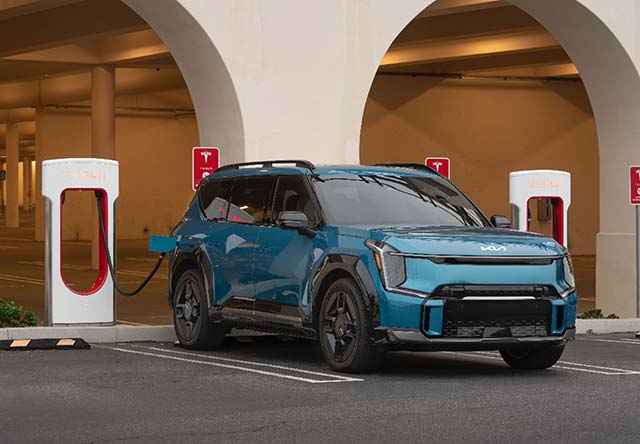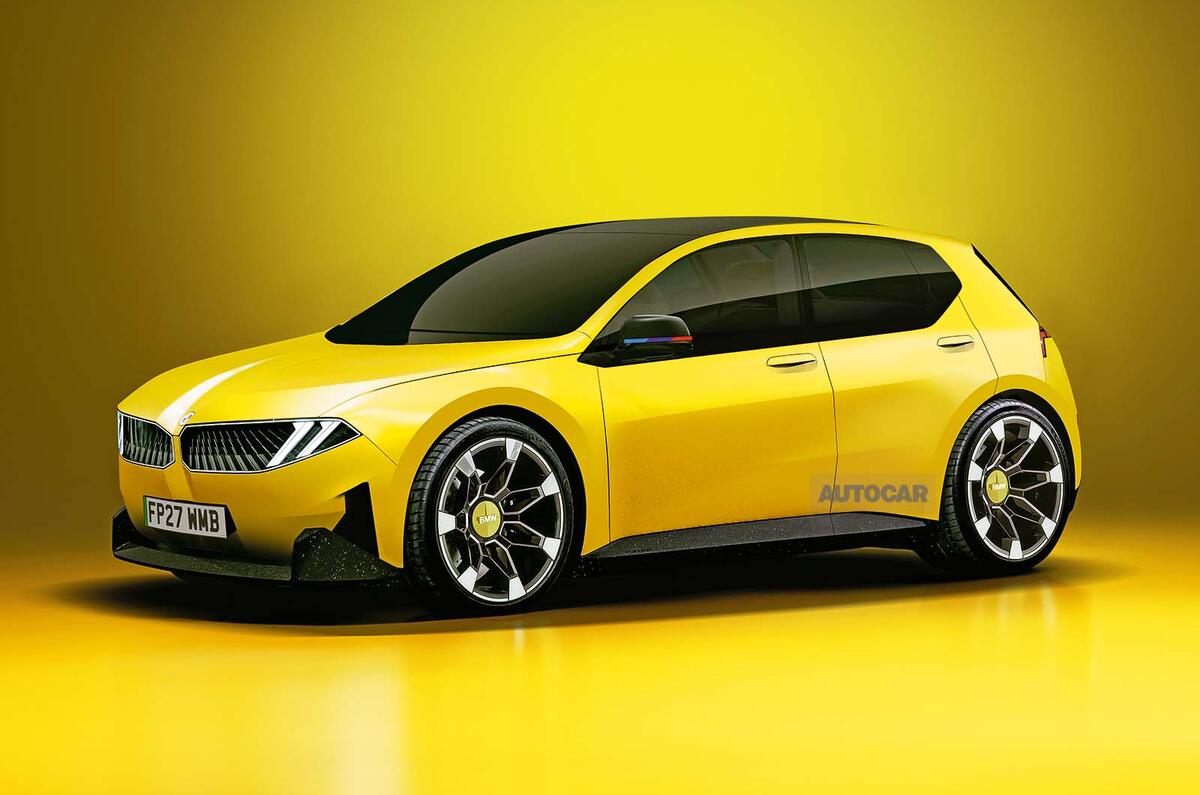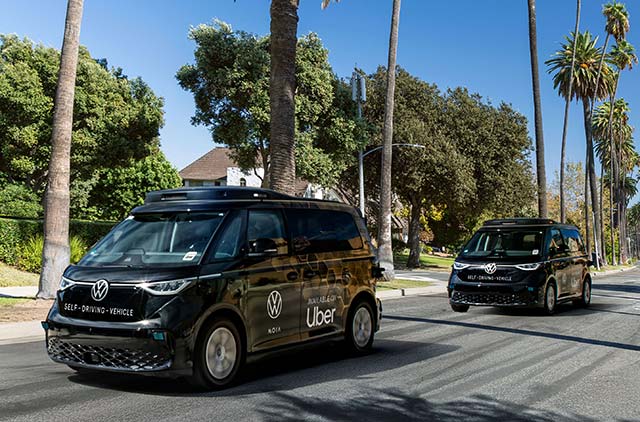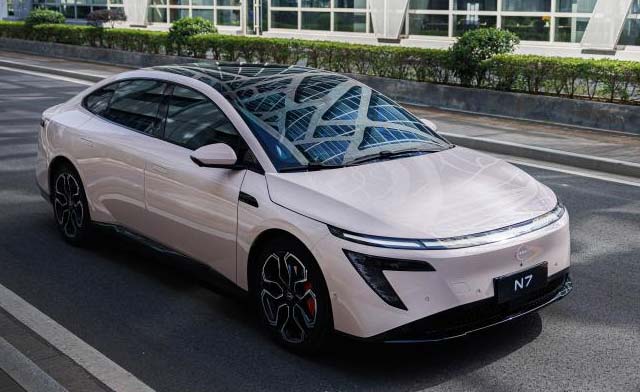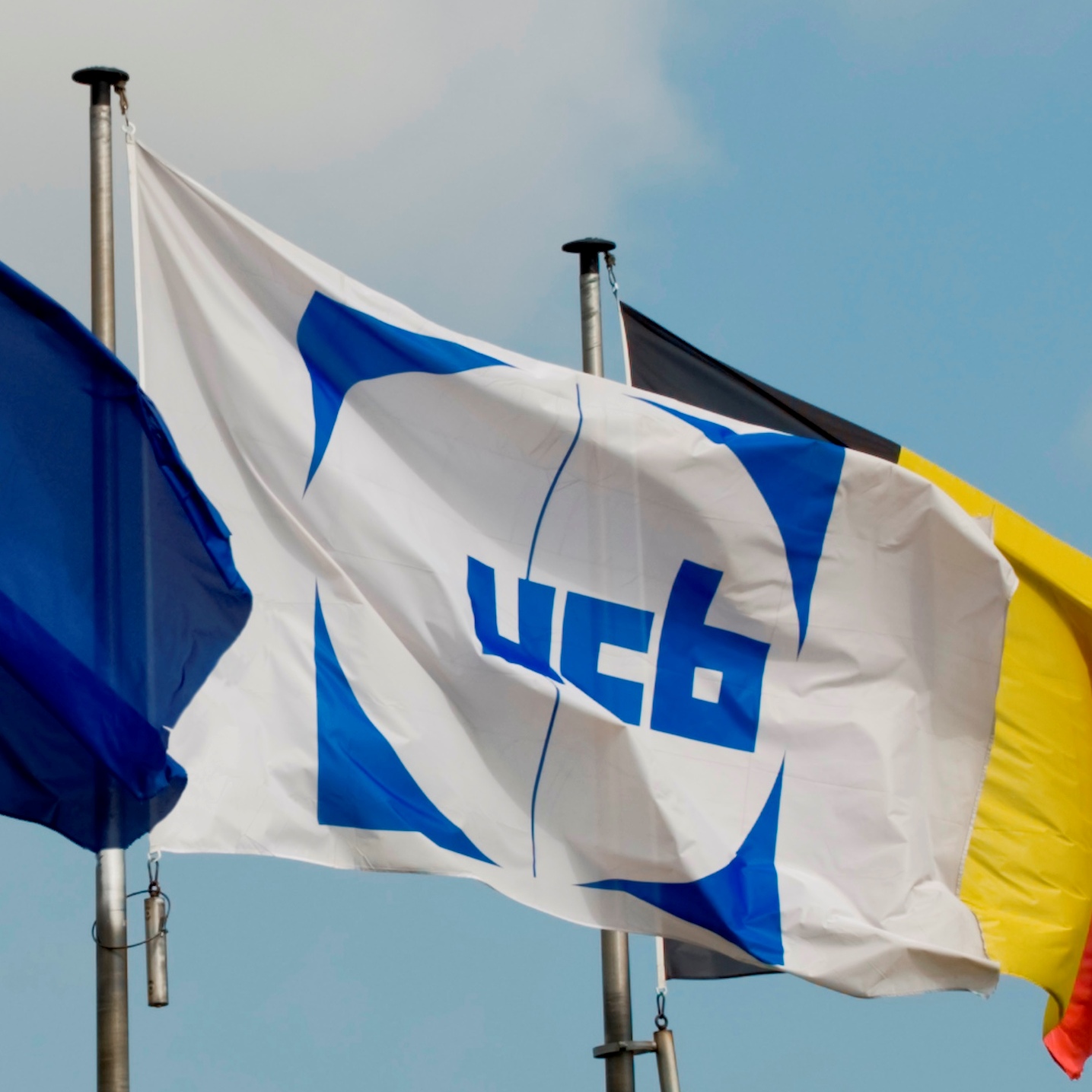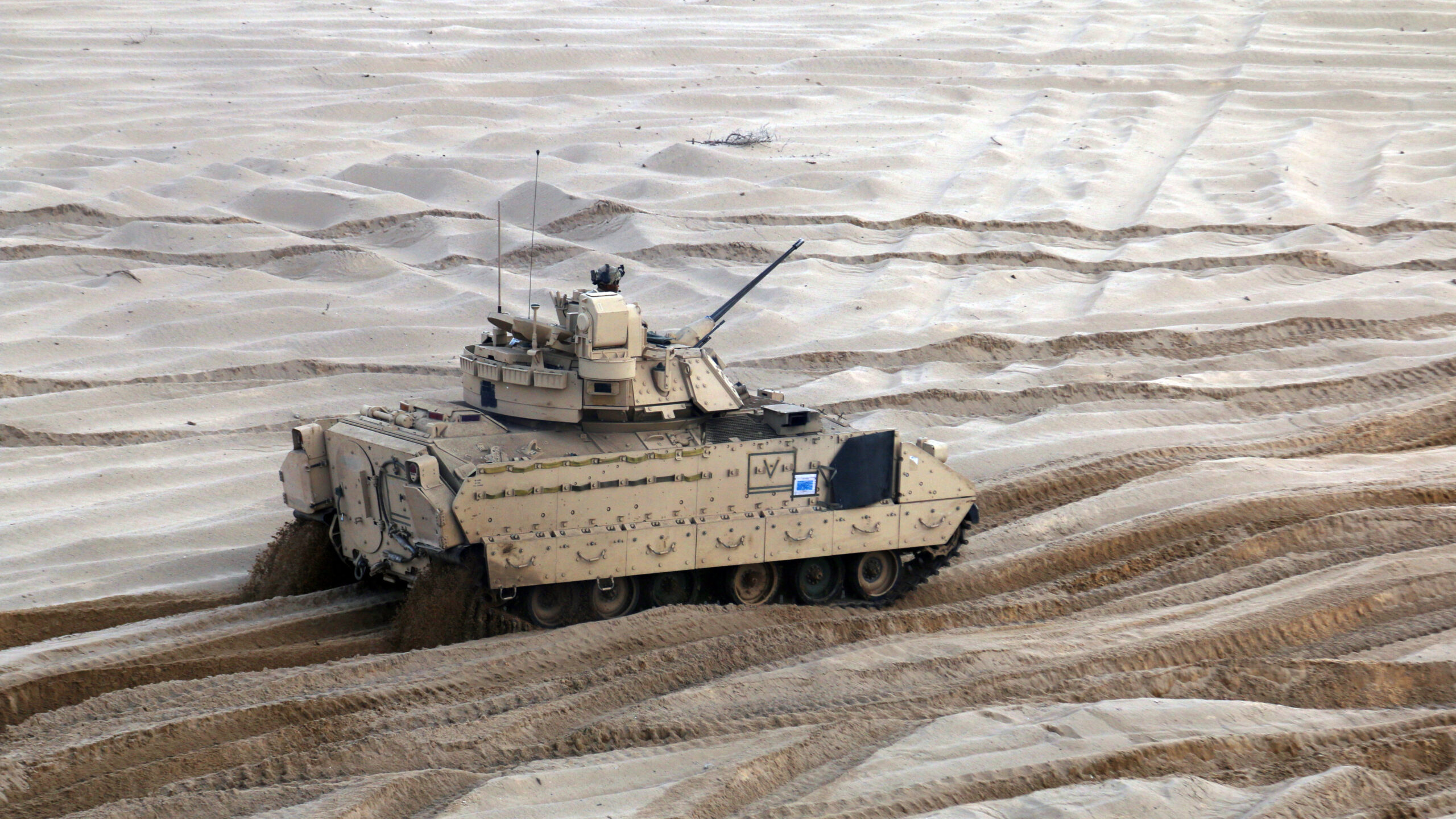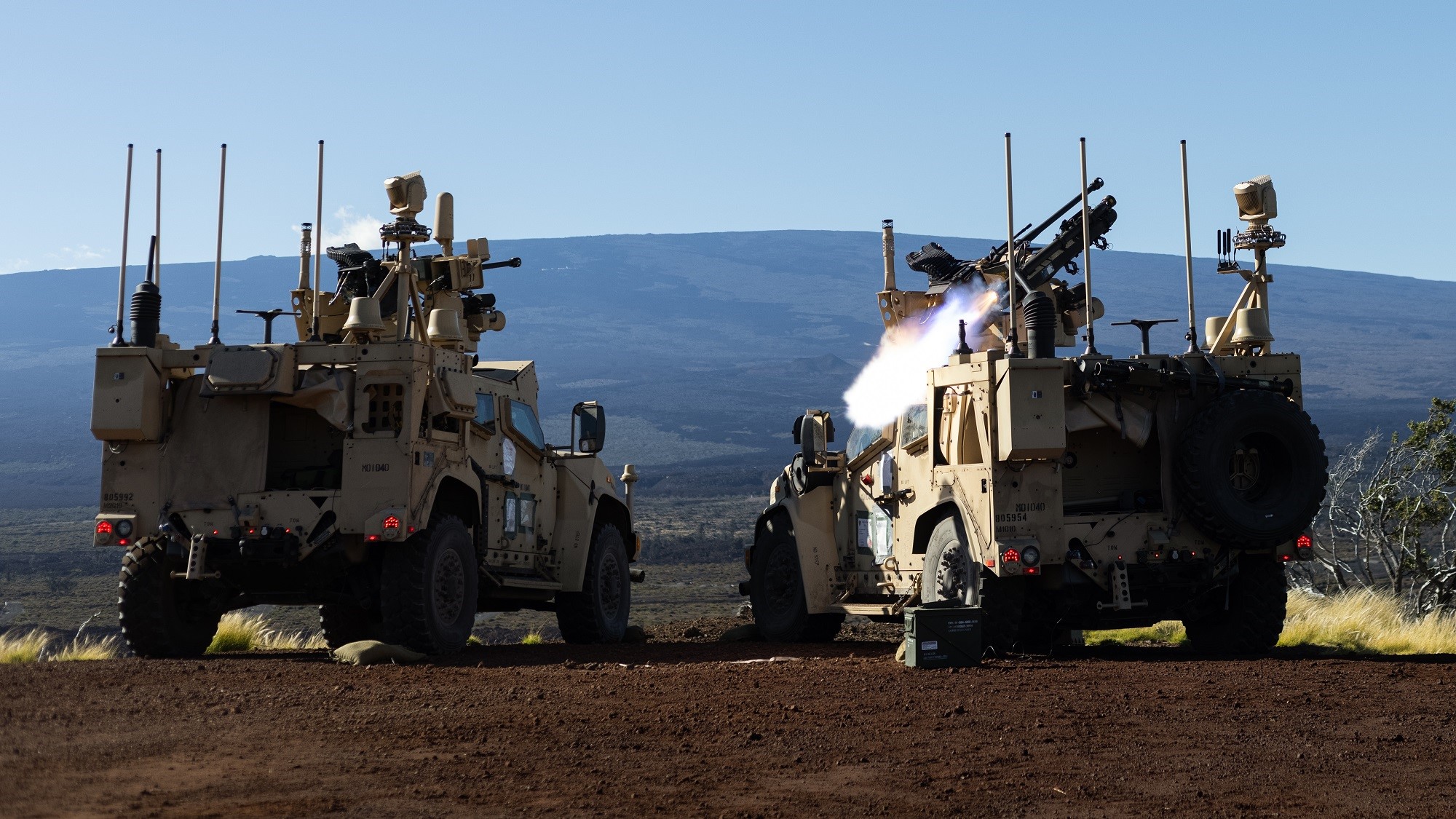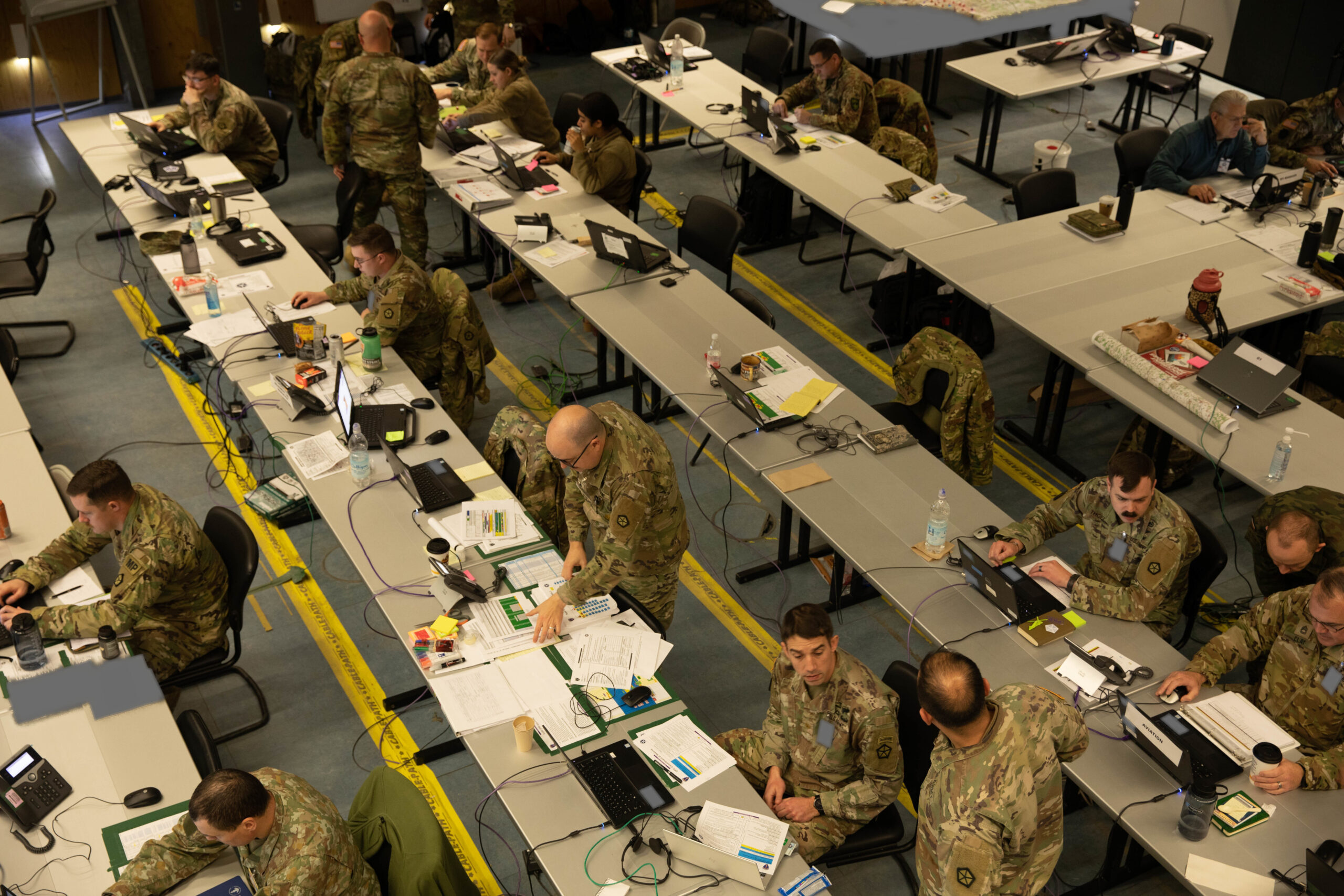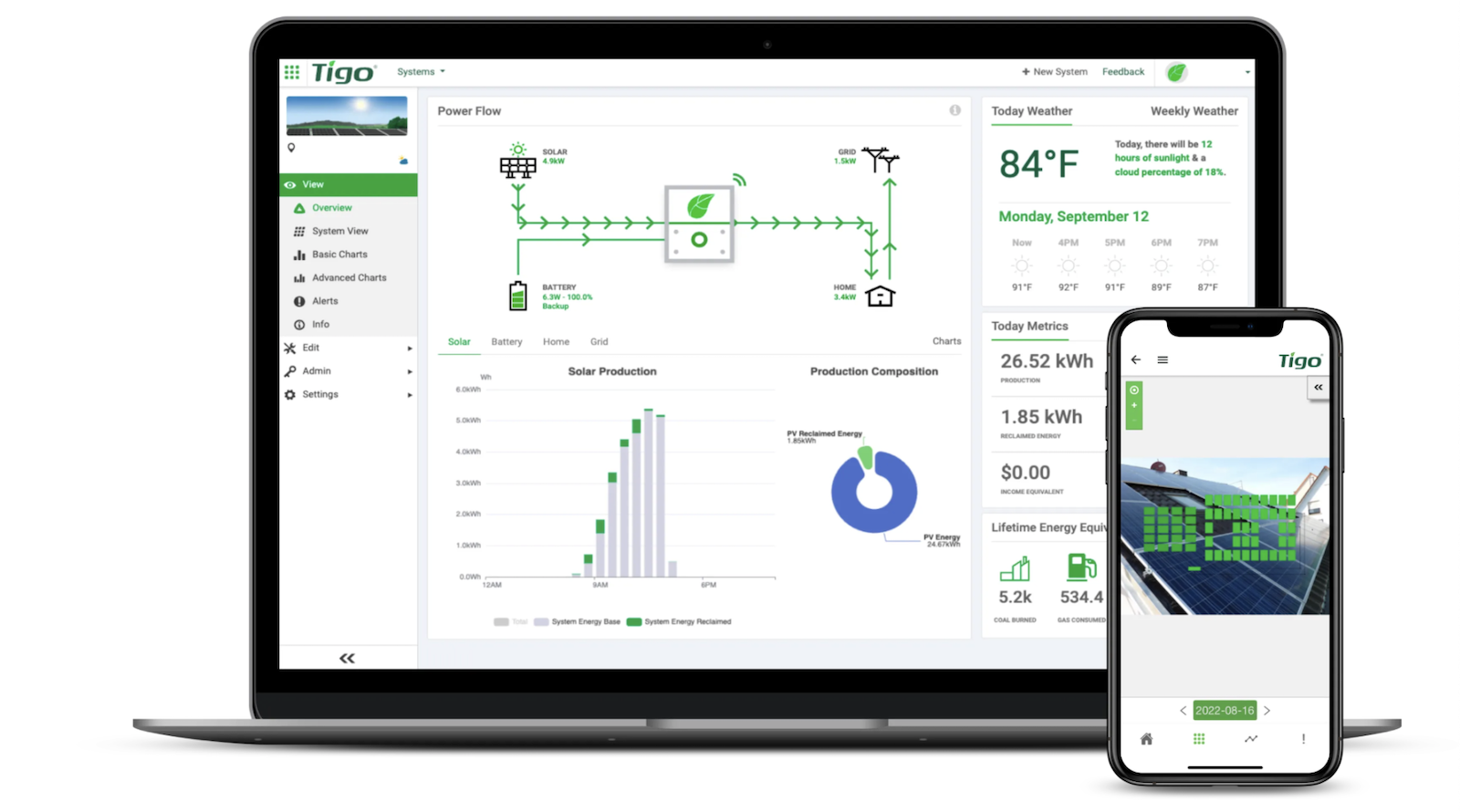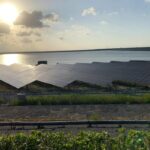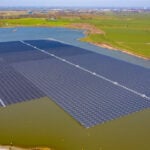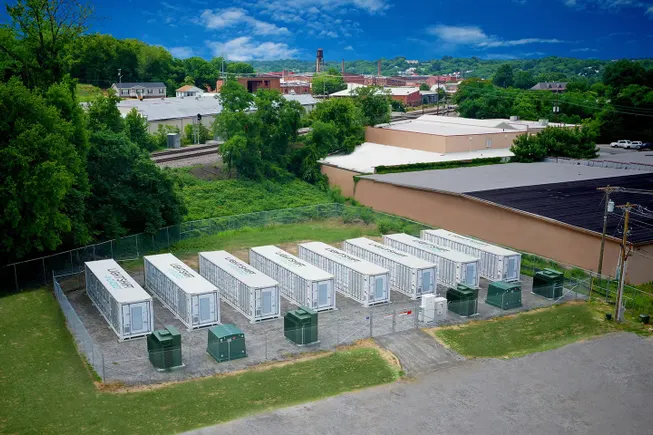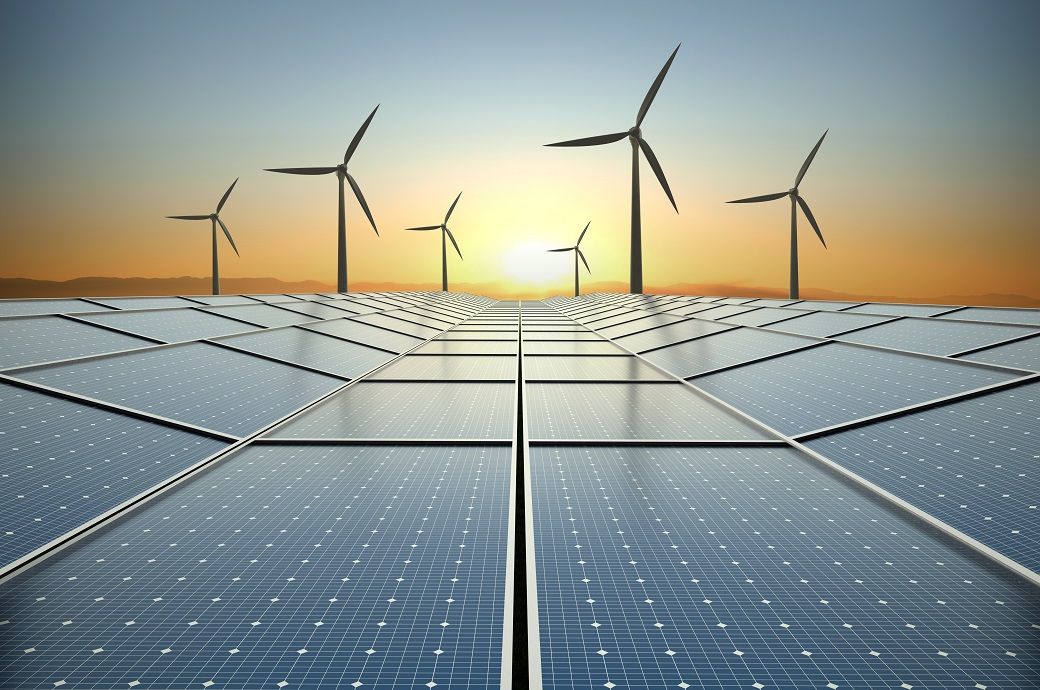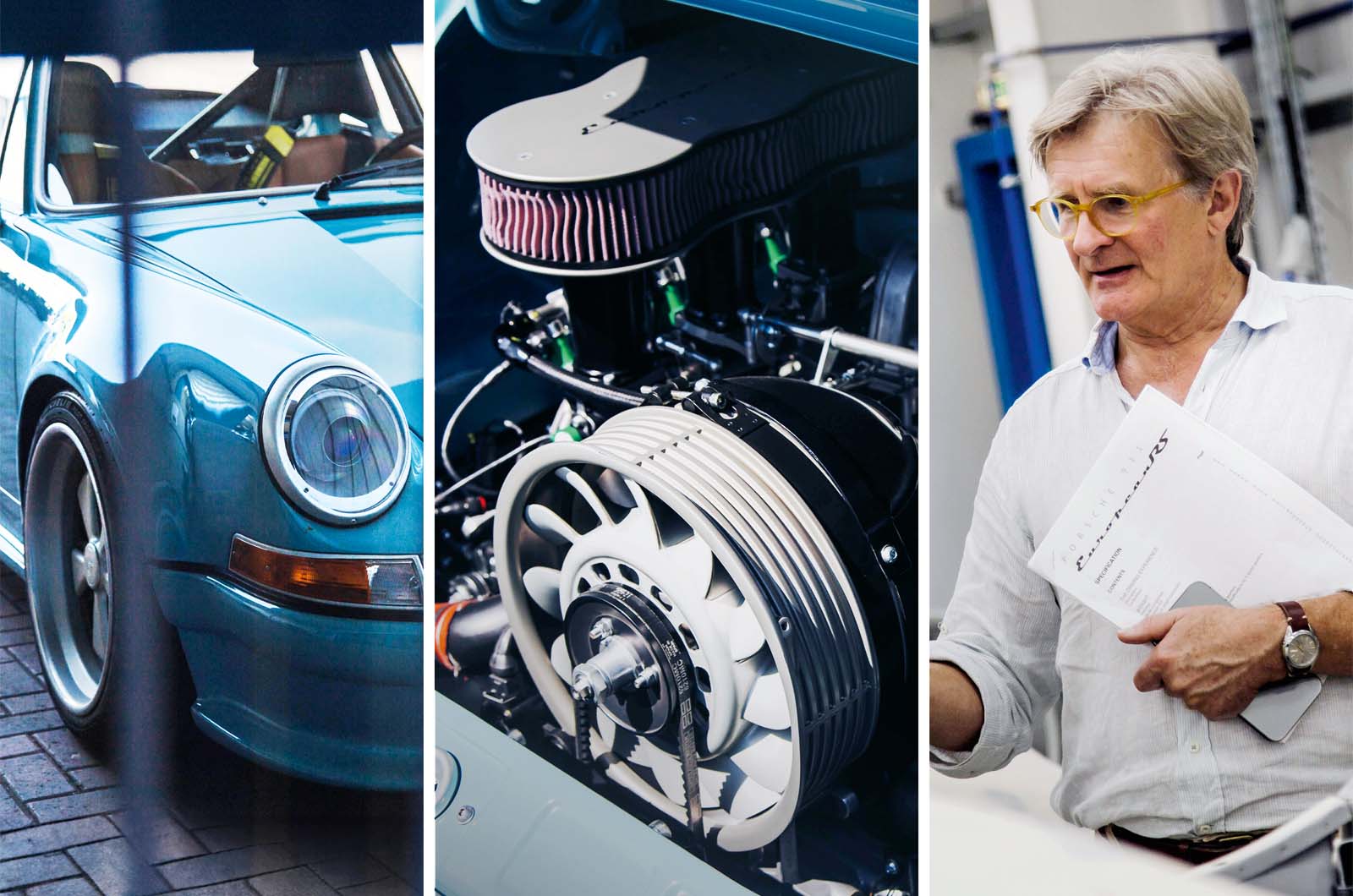Range Rover Electric: fresh pictures ahead of SUV's arrive later this year
Land Rover brand's first EV is pictured testing in extreme conditions as it approaches launch The new Range Rover Electric has completed a second round of winter testing ahead of its launch. Key aspects put to the test included the EV's new thermal management system: how well it could heat the cabin and maintain rapid-charging performance in extreme sub-zero temperatures. The prototypes also faced high-angle inclines and declines on frozen surfaces, testing that their one-pedal driving modes (using the motors' regenerative effect to slow and stop the car while off the throttle) work across a range of terrains. "Rigorous testing procedures in extreme and unpredictable conditions like those experienced in Arjeplog [Sweden] are crucial to Range Rover Electric's real-world reliability and resilience," said JLR product engineering chief Thomas Müller. JLR has also confirmed that the Range Rover Electric uses a 117kWh battery pack designed and assembled in-house, comprising 344 prismatic cells and running at 800V. The firm has yet to detail a range figure, but such a large capacity should comfortably yield more than 300 miles between charges. The winter testing comes after prototypes were last year driven in the UAE in temperatures approaching 50deg C. They were sent up Big Red, a 300ft sand dune in the heart of Sharjah’s Al Badayer desert, to test the EV’s new Intelligent Torque Management system, which replaces a conventional ABS-based traction control system. This is claimed to improve traction control off road by diverting power to each electric motor to reduce torque reaction time from around 100 milliseconds to as little as one millisecond. JLR says, after five continuous attempts, none of the cars demonstrated any fall in performance. Müller said: “A hot climate is one of the most challenging for any battery-electric vehicle, because of the need to cool the cabin and optimise battery performance at the same time. “The additional challenge of driving on sand requires controlled low-speed torque, so our specially developed traction control and thermal management systems work in harmony to ensure power delivery is unaffected. “Our tests have shown that in this climate, repeatedly driving the equivalent of 100 metres uphill on fine sand, Range Rover Electric matches the performance of its ICE equivalents; in some instances, even surpassing them – thanks to the introduction of these new features.” Like the cars pictured in the Arctic Circle, these Range Rover EV mules are shown completely uncamouflaged – a decision made to "underline the build quality of the initial prototypes", according to JLR. Painted all in black and without the contrasting matt trim elements that JLR has previously suggested will mark out the EV powertrain, the prototype looks all but identical to the ICE Range Rover that has been on sale since 2022. JLR said this shows how the prototype's "modernist design language stays true to the Range Rover bloodline", suggesting that the Range Rover Electric – as it is officially named – will only be subtly differentiated from the straight-six, V8 and plug-in hybrid derivatives. JLR previously highlighted that this is the first car to use a battery and electric drive unit assembled in-house. Although bosses have yet to give any performance details for the new Range Rover, it has been promised to have the same “go-anywhere” capability as the ICE version, with a pledge that it will offer towing, wading and all-terrain capability that will exceed any other luxury electric SUV – including the ability to wade through 850mm-deep water. The hint that the Range Rover Electric will offer performance “comparable” to the existing V8 suggests a total output close to the 523bhp that model offers. It's expected to adopt a dual-motor system, which will allow for greater four-wheel-drive ability and systems such as torque vectoring to boost its off-road potential. JLR said its test programme has been adapted to particularly examine the vehicle’s underfloor, battery durability and thermal derating. The Range Rover Electric will be built in Solihull alongside the existing mild-hybrid and PHEV versions. It will initially use batteries from a third-party supplier before eventually switching to packs produced in the new Somerset gigafactory that JLR parent firm Tata is planning.
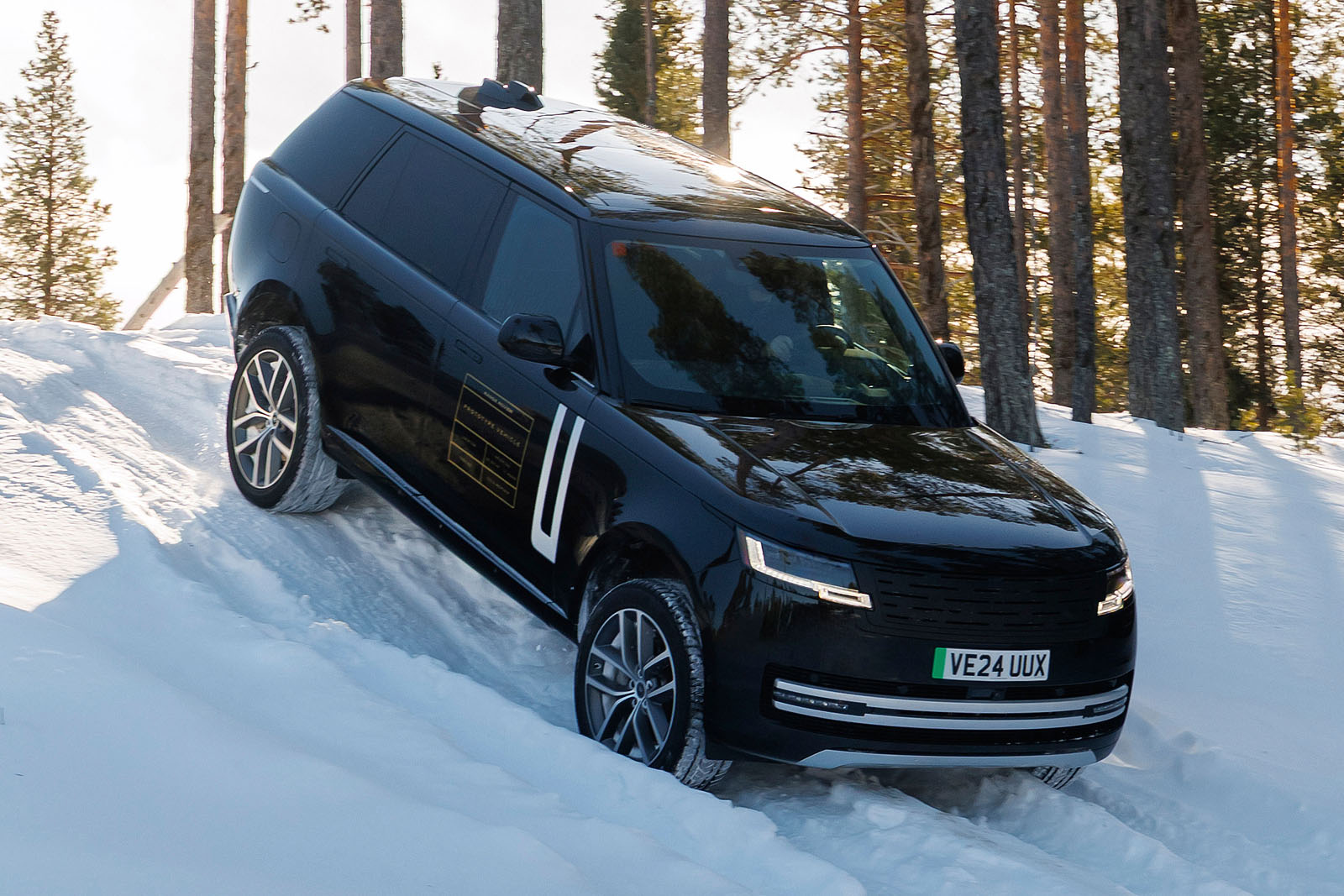
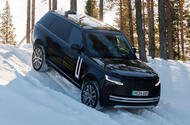 Land Rover brand's first EV is pictured testing in extreme conditions as it approaches launch
Land Rover brand's first EV is pictured testing in extreme conditions as it approaches launch
The new Range Rover Electric has completed a second round of winter testing ahead of its launch.
Key aspects put to the test included the EV's new thermal management system: how well it could heat the cabin and maintain rapid-charging performance in extreme sub-zero temperatures.
The prototypes also faced high-angle inclines and declines on frozen surfaces, testing that their one-pedal driving modes (using the motors' regenerative effect to slow and stop the car while off the throttle) work across a range of terrains.
"Rigorous testing procedures in extreme and unpredictable conditions like those experienced in Arjeplog [Sweden] are crucial to Range Rover Electric's real-world reliability and resilience," said JLR product engineering chief Thomas Müller.
JLR has also confirmed that the Range Rover Electric uses a 117kWh battery pack designed and assembled in-house, comprising 344 prismatic cells and running at 800V.
The firm has yet to detail a range figure, but such a large capacity should comfortably yield more than 300 miles between charges.
The winter testing comes after prototypes were last year driven in the UAE in temperatures approaching 50deg C.
They were sent up Big Red, a 300ft sand dune in the heart of Sharjah’s Al Badayer desert, to test the EV’s new Intelligent Torque Management system, which replaces a conventional ABS-based traction control system.
This is claimed to improve traction control off road by diverting power to each electric motor to reduce torque reaction time from around 100 milliseconds to as little as one millisecond. JLR says, after five continuous attempts, none of the cars demonstrated any fall in performance.
Müller said: “A hot climate is one of the most challenging for any battery-electric vehicle, because of the need to cool the cabin and optimise battery performance at the same time.
“The additional challenge of driving on sand requires controlled low-speed torque, so our specially developed traction control and thermal management systems work in harmony to ensure power delivery is unaffected.
“Our tests have shown that in this climate, repeatedly driving the equivalent of 100 metres uphill on fine sand, Range Rover Electric matches the performance of its ICE equivalents; in some instances, even surpassing them – thanks to the introduction of these new features.”
Like the cars pictured in the Arctic Circle, these Range Rover EV mules are shown completely uncamouflaged – a decision made to "underline the build quality of the initial prototypes", according to JLR.
Painted all in black and without the contrasting matt trim elements that JLR has previously suggested will mark out the EV powertrain, the prototype looks all but identical to the ICE Range Rover that has been on sale since 2022.
JLR said this shows how the prototype's "modernist design language stays true to the Range Rover bloodline", suggesting that the Range Rover Electric – as it is officially named – will only be subtly differentiated from the straight-six, V8 and plug-in hybrid derivatives.

JLR previously highlighted that this is the first car to use a battery and electric drive unit assembled in-house.
Although bosses have yet to give any performance details for the new Range Rover, it has been promised to have the same “go-anywhere” capability as the ICE version, with a pledge that it will offer towing, wading and all-terrain capability that will exceed any other luxury electric SUV – including the ability to wade through 850mm-deep water.
The hint that the Range Rover Electric will offer performance “comparable” to the existing V8 suggests a total output close to the 523bhp that model offers.
It's expected to adopt a dual-motor system, which will allow for greater four-wheel-drive ability and systems such as torque vectoring to boost its off-road potential.
JLR said its test programme has been adapted to particularly examine the vehicle’s underfloor, battery durability and thermal derating.
The Range Rover Electric will be built in Solihull alongside the existing mild-hybrid and PHEV versions. It will initially use batteries from a third-party supplier before eventually switching to packs produced in the new Somerset gigafactory that JLR parent firm Tata is planning.













